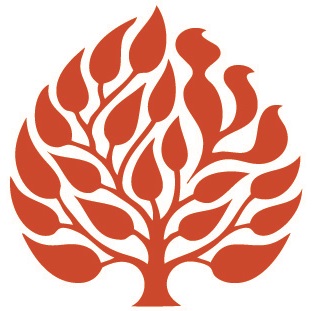Turning to God in Celebration, Not Distress

Last winter, I visited the Ukraine with a number of other American rabbis. Our purpose was learn about the revival of Judaism in the former Soviet Union, and also to do some teaching in places where teachers don’t come that often.The day after arriving in Kiev, we made our way to Zvenogorodka, a town that used to be a shtetl but now has no Jewish neighborhood. Yet Jews still live there, and are flourishing, in their own way. They hold Shabbat prayers at the synagogue they’ve reclaimed from the government, and drive themselves and their children some fifty miles to a regional Jewish school. When our American group arrived, we met the little congregation of Zvenogorodka in their unheated synagogue building. Pesah would be coming in a few weeks, so we immediately performed the mitzvah of drinking up all the vodka. Because of the approach of Pesah, I decided to teach something related to the holiday—the Torah reading for the seventh day of Pesah. That day’s Torah reading, like that of this Shabbat, includes the Song at the Sea, the poem sung by Moses and the Israelites after they go through the Sea of Reeds unharmed while the Egyptians are drowned in it.
The text I chose was from the Zohar, the mystical commentary on the Bible. The Zohar examines the moment in the story just before the sea opens up—the moment when the Israelites are trapped between the Egyptian army and the sea:
“Pharaoh drew near and the Israelites caught sight of the Egyptians advancing upon them. Greatly frightened, the Israelites cried out to the Lord” (Exodus 14:10). The Zohar (2:47a) goes beyond the simple meaning of the verse and explains that “Pharaoh drew near” really means that Pharaoh caused the Israelites to draw near. Draw near to whom? To God. The Zohar draws a lesson from this interpretation: that the Jewish people draw near to God only when they are in distress—and suggests a parable. The Jewish people are like a dove who is trying to escape a hawk. Seeking refuge in the cleft of a rock, she finds a serpent there. The dove, caught between these two enemies, flaps her wings and cries out to the owner of the dovecote to come to her rescue.
I told the Zohar’s message and its parable to the congregation in Zvenogorodka. As our translator explained each sentence, leading up to the image of the dove and her distress, I watched the faces in the room for reactions. I could not tell what these people thought of the parable and the lesson, or even whether they understood. I asked them what they thought did they agree with the Zohar that it is the nature of the Jewish people to turn to God only when they are trouble?
The room was silent for a number of moments. Finally, Vadim, a teacher himself, spoke. He said, ” We celebrate Judaism. That is how we draw close to God.”
I realized from this one brief remark that while the Zohar speaks a truth, it is not the only truth. We inherit our history, but we need not be imprisoned by it. Here was a Jew whose inheritance was years of oppression by tsars and commissars. Yet precisely at the moment that the oppression is being lifted, he and his community are embracing Judaism. They are not just turning, but running toward God after the army has fled, after the sea has parted, after the dove is free to fly.
The Jews of the former Soviet Union, for the most part, are just beginning to learn about Judaism. Many of them need and want to be taught. At the same time, they have something to teach: a sense of Judaism as territory to be explored with joy and an understanding that God is more fully embraced not from fear but with joy and hope.
Shabbat Shalom.




The publication and distribution of Rabbi Warshauer’s commentary on Parashat B’shallah are made possible by a generous grant from Rita Dee and Harold (z”l) Hassenfeld.